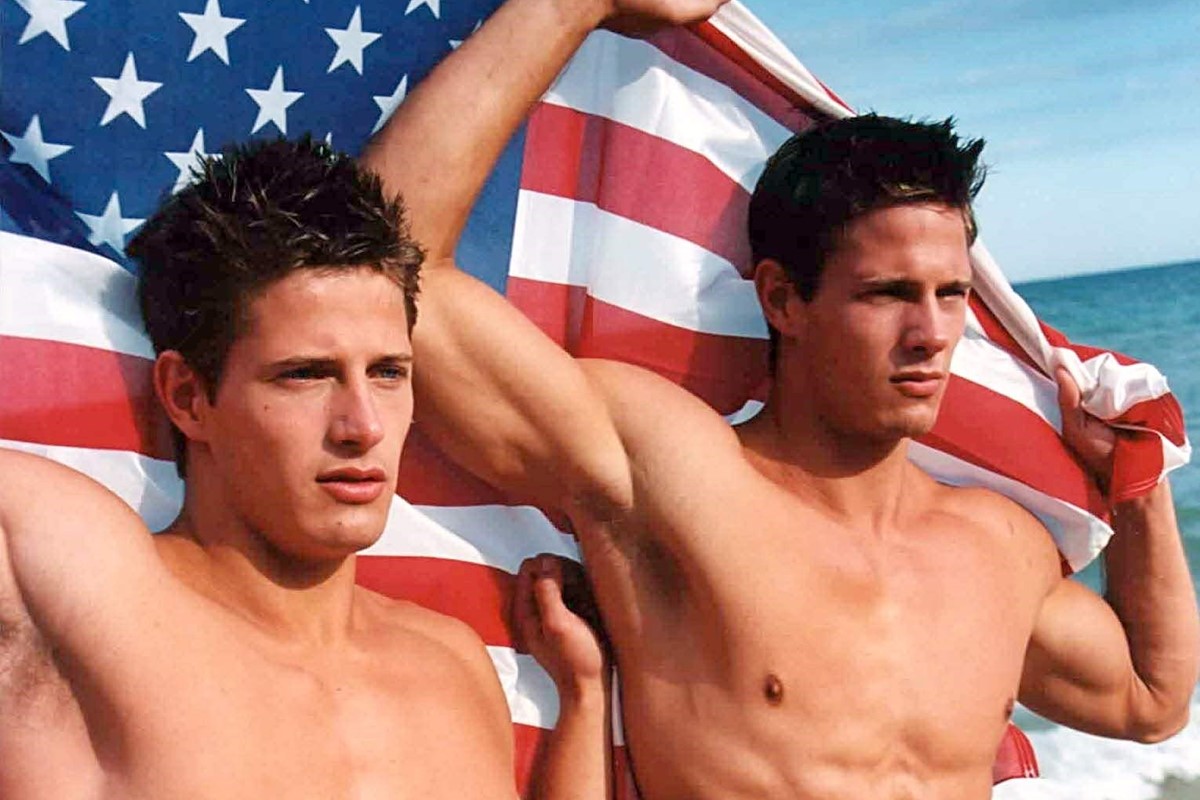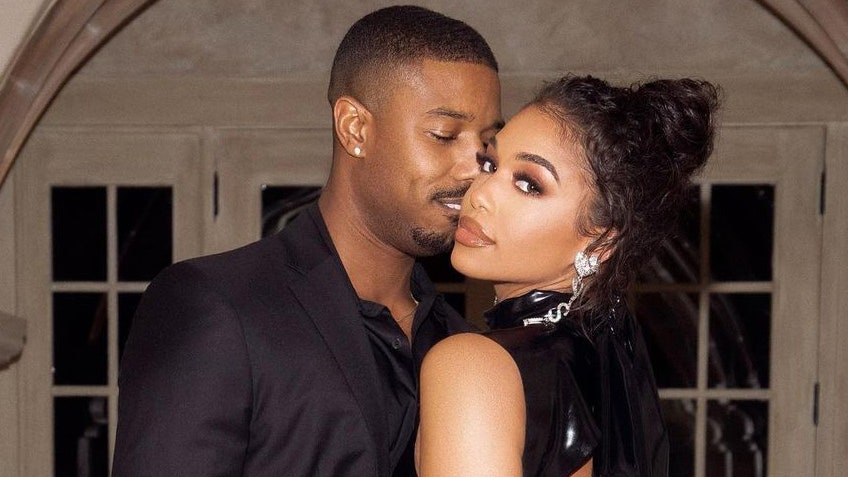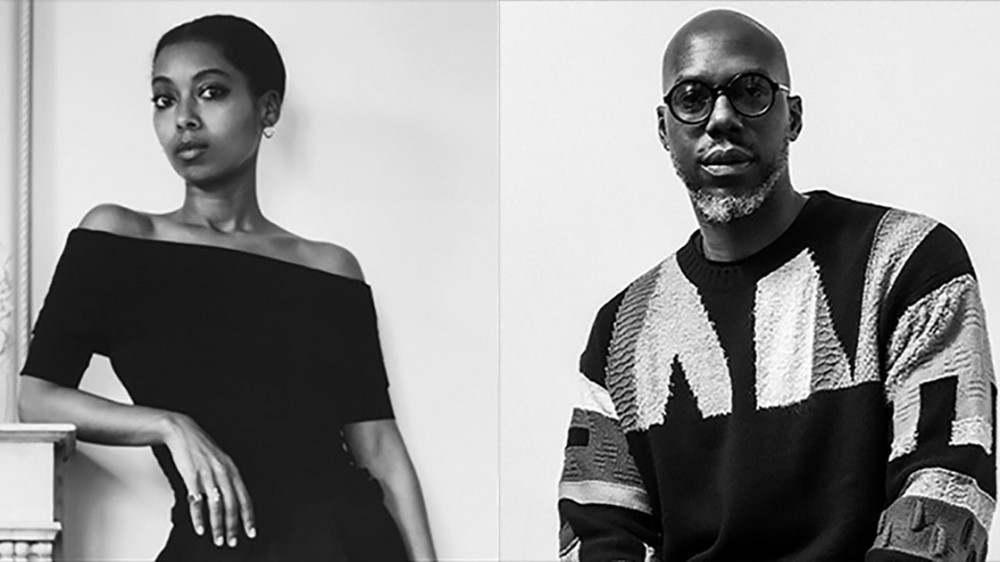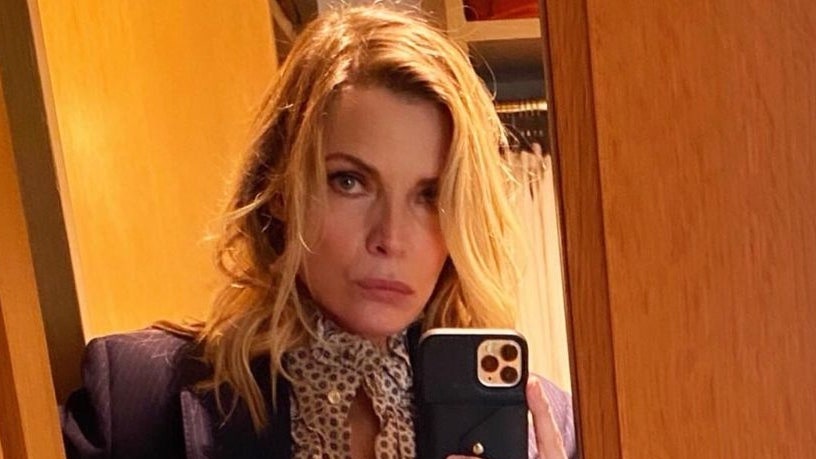
Soft porn, white supremacy, and Epstein: Abercrombie & Fitch’s dark past
White Hot: The Rise & Fall of Abercrombie & Fitch traces ex-CEO Mike Jeffries’ reign of terror, where washboard abs and social exclusion reigned supreme
Shopping centres smelt differently in the mid-00s. From Wisconsin to West London, cavernous barns pumped a blend of woody musk, surf spray, and neurotoxins into the brains of pubescent passerbys, setting off a tinderbox of hormones, flushed cheeks, and cash register ker-chings. Instantly recognisable as Abercrombie & Fitch’s Fierce, the scent was collected, exclusively, from the ravines of sweat that gathered in the clavicles of all-American sports scholars, bodies hairless and buff like a shit-tonne brickhouse. It was like huffing the inside of one of their team jerseys. It was “aspiration”, bottled.
Inside the label’s mahogany-panelled stores, bare-chested assistants gun-fingered to floor fillers and spritzed piles of rough-hewn graphic tees with yet more of those pheromones. To venture into the darkened belly of a flagship Abercrombie & Fitch was like taking a trip to Le Raidd, a blue-lit gay club in Paris where amateur pornstars foam themselves into a lather in claustrophobic shower cages. The walls, covered in monochromatic portraits of college life – a dog pile of Greco-Roman limbs and unbuttoned waistbands – read like a staff handbook. It was common knowledge that the only entry requirement to working at Abercrombie & Fitch was to be good looking and slim, with hiring managers masquerading as model scouts hiding any subpar employee (not white, not slim, not jawlined) in the stockroom.




Eventually, though, the teenage customer grew up and bore witness to an exclusionary culture that bred corrosive business practices. Levelled by allegations of racism and sexual exploitation, the brand soon became void of its social cachet, with former employees speaking of a eugenics-inspired approach to hiring and firing. The ceremonious demise of the brand is the subject of a new hour-long Netflix documentary called White Hot: The Rise & Fall of Abercrombie & Fitch, a true crime-style missive tracing ex-CEO Mike Jeffries’ reign of terror. With candid commentary from models, journalists, and HQ-ers, the show follows Von Dutch’s “rise and fall” whodunnit, which debuted in November of last year, cashing in on the collective thirst for nostalgia and corporate schadenfreude.
The arrival of White Hot dovetails with a resurgence of “vintage” Abercrombie staples on TikTok and Depop, hawked by those who were too young to properly get involved the first time around. And while the label is rebranding itself on inclusivity, turning DOWN the music and turning ON the lights, its dark past is, as journalist Robin Ghivan says, “an indictment of where culture was ten years ago”. Below, we travel through the seedy history of Abercrombie & Fitch through its most scandalous moments.
FROM THE VERY BEGINNING, IT WAS ALL ABOUT SEX
Fashion really has very little to do with clothing. People didn’t flock to Abercrombie & Fitch for its logo tees, flip flops, and ribbed vest tops, but for the vague notions of belonging, confidence, and sexuality that they were packaged with. Much like Calvin Klein, the brand merged sex with youth culture, birthing a pent-up prepster who spent their days frolicking in the Great Outdoors, in billowing plaid shirts and unzippered denim. The brand’s depiction of a pumped-up, all-American brotherhood prompted a sexual awakening within much of its teenage client base, who would reappropriate shopping bags (printed with headless torsos) as bedroom posters. All that homoerotic imagery went above the heads of most of their fratboy clientele, though, despite the brand’s magalogue – A&F quarterly – which was a catalogue of soft porn set in college changing rooms and sports fields. Former CEO Mike Jeffries framed it as “depicting wonderful camaraderie, friendship, and playfulness,” saying that “”I think that what we represent sexually is healthy. It’s playful. It’s not dark. It’s not degrading! And it’s not gay, and it’s not straight, and it’s not black, and it’s not white. It’s not about any labels.”
THERE WAS A EUGENICS-STYLE HIRING STRATEGY
Throughout the 90s and early 00s, to be scouted as an Abercrombie & Fitch model was to have your social status conferred by the highest authority. Most fashion brands operate on some kind of exclusivity model (whether it’s outpricing certain shoppers or catering to a hyper-niche subculture) but Abercrombie & Fitch was unashamed in its hunks-only approach. It was proud to be exclusive. “A lot of people don’t belong in our clothes, and they can’t belong,” Mike Jeffries once said, “Abercrombie is only interested in people with washboard stomachs who look like they’re about to jump on a surfboard”. That meant it only hired good-looking people with gym-fit bodies as shop assistants – “natural, American, classic” as per its staff guide.
…AND A CULTURE OF RACISM
In 2002, Phil Yu AKA the Angry Asian Man caught wind of an “irreverent” t-shirt design floating around Abercrombie & Fitch stores – a graphic tee based on a fictional dry cleaning service bearing the slogan “two wongs can make it white”. One of its best sellers (sold with an 85 per cent mark-up), it sat alongside other slogan tees reading “West Virginia, no lifeguards in this gene pool” and “Juan more for the road”, and it caused outrage among Asian American student groups. Protests began to swarm and for the first time, Abercombie & Fitch’s veil began to slip. “We thought that Asians would love these shirts,” the label responded in a reactive press release, before incinerating every remaining unit.
Around the same time, Black employees, like Carla Barrientos, who features in White Hot, began to speak to the press, having been coerced into working night shifts or being removed from staff rotas altogether. And that same manual that called for an “American classic” look prohibited shop assistants to style their hair in dreadlocks. “I don’t want our core customers to see people who aren’t as hot as them wearing our clothing,” Jeffries said. Former staff members eventually brought a racial discrimination lawsuit against the label, which Abercrombie ended with a $50 million financial settlement, though it admitted no guilt. The brand also agreed to enter into a consent decree, meaning it would have to change its recruiting, hiring, and marketing practices. Even with a newly-appointed diversity officer, not much changed, when muslim teenager Samantha Elauf was denied employment on account of her headscarf in 2015.
THEN CAME THE BRUCE WEBER SCANDAL
“He’s gonna invite you over and try his ‘good touch, bad touch’ thing,” model Bobby Blanski said of his time shooting with Bruce Weber, whose classically-derived, homoerotic aesthetic was absorbed by Abercrombie & Fitch. Weber would fire models if they rejected his dinner invitations and sexual advances, creating a coercive culture of exploitation. His “breathing exercises”, which involved touching models’ genitals and having them touch his, was referred to as getting “Brucified”. Upwards of 20 male models came forward with accounts of sexual assault on the set of Weber’s shoots, with the photographer settling many of these allegations out of court for undisclosed amounts. Meanwhile, Les Wexner, CEO of parent company L Brands, was courting disgraced financier and sex offender Jeffrey Epstein, signing over his entire fortune to the former mogul, allowing him to operate on behalf of Abercombie & Fitch, and Victoria’s Secret as a “model scout”.
AND THEN, THE RE-BLANDING
In 2014, as Abercrombie & Fitch’s social (and financial) stock began to plummet, Jeffries was left with no option but to step down, paving the way for current CEO Fran Horowitz. Much like Victoria’s Secret, Abercrombie & Fitch has undergone a complete rebrand, repositioning itself as a place of “belonging rather than ‘fitting in’,” having “turned the music down” and “the lights on”. And by leaning full tilt into inclusivity, the two brands have even landed on the same spokespeople, like US footballer Megan Rapinoe. So while the label’s value system has evolved, Abercrombie & Fitch has yet to find its redemption arc. In vying for everyone, it has become like anybody else – a point reiterated by a closing slideshow of its rainbow-festooned Pride campaigns. But it’s a complete 360 from the Abercrombie & Fitch of yore, a brand that “didn’t invent evil, didn’t invent class,” as Bloomberg journalist Lindsey Rupp put it, “they just packaged it”.
Author
Violeta Rojo
EDM LOVA



